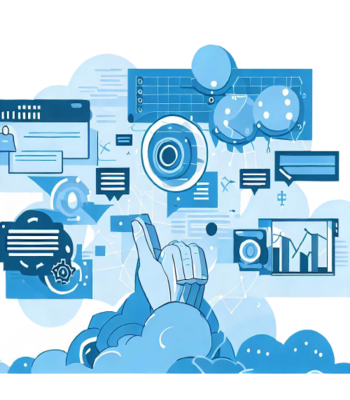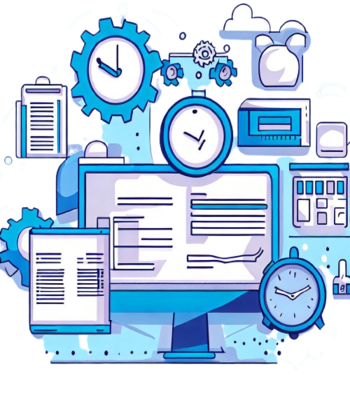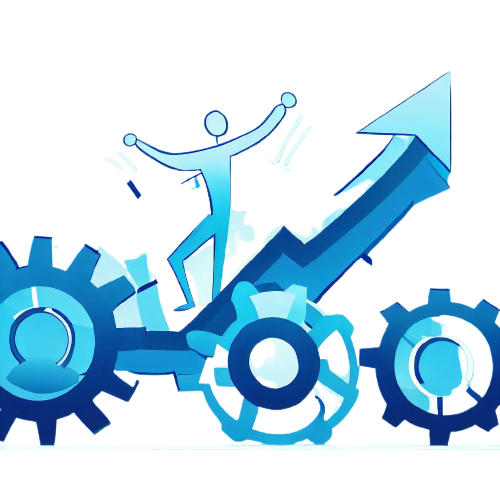Essential Features You Need
In the ever-evolving world of business, enhancing productivity takes precedence for every organization. Keeping a close eye on employee performance and efficiency is instrumental in achieving this goal. It not only helps organizations track employee activities but also provides valuable insights to enhance productivity. Let's explore some essential features of employee monitoring software that can significantly boost your team's efficiency.
![]()
Time Tracking
One of the fundamental features of employee monitoring software is time tracking. It allows you to monitor how employees spend their working hours. This data can help identify time-wasting activities and areas where efficiency can be improved.
![]()
Application and Website Usage
Modern workplaces often involve the use of various applications and websites. Employee monitoring software can track which applications and websites employees are accessing during work hours. This feature can help in identifying distractions.

Screenshots and Screen Recording
Some employee monitoring software tools offer the ability to capture screenshots or record employees' screens at predefined intervals. This feature can be useful for verifying task progress and ensuring that employees are focused on their work.






